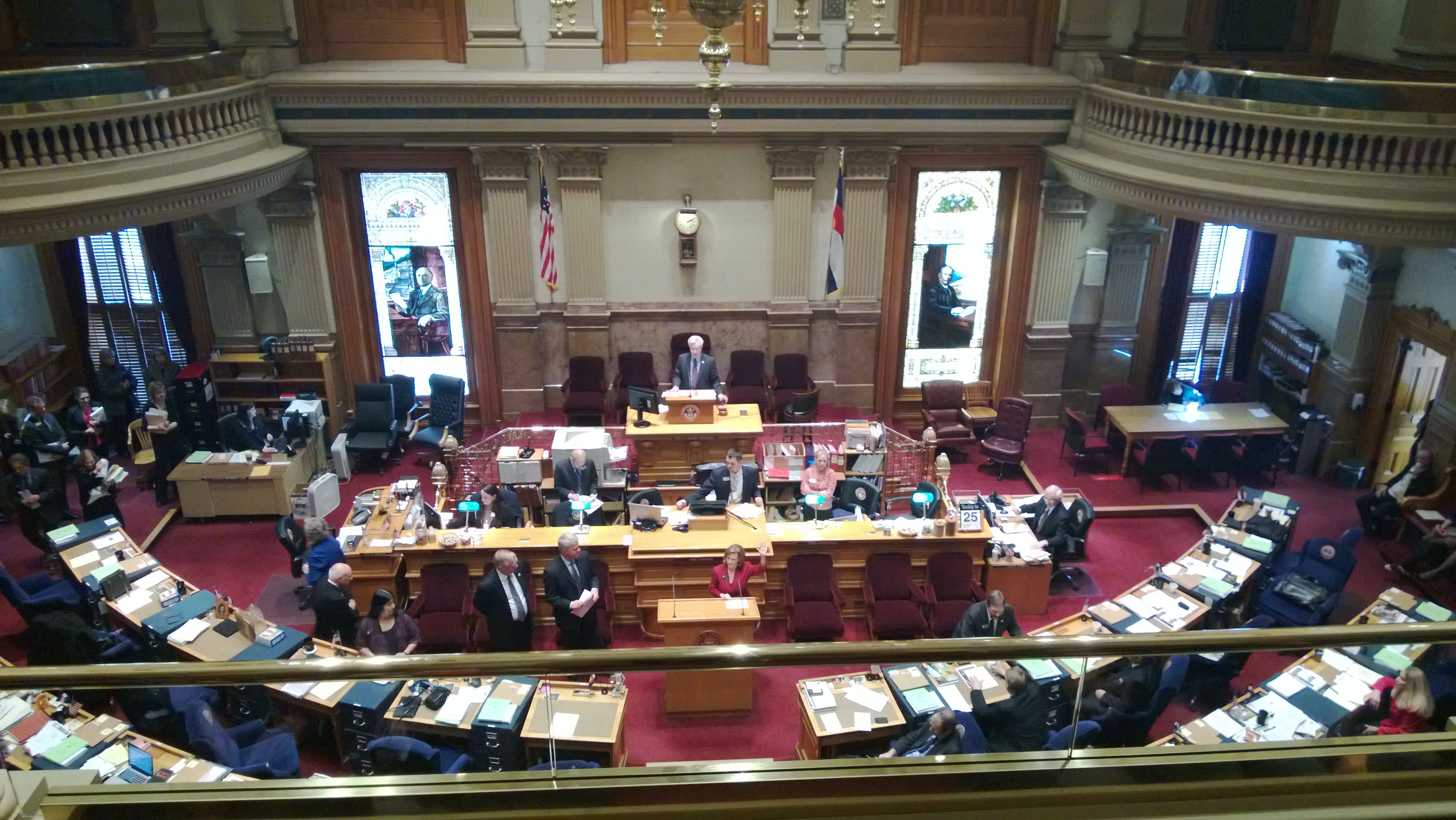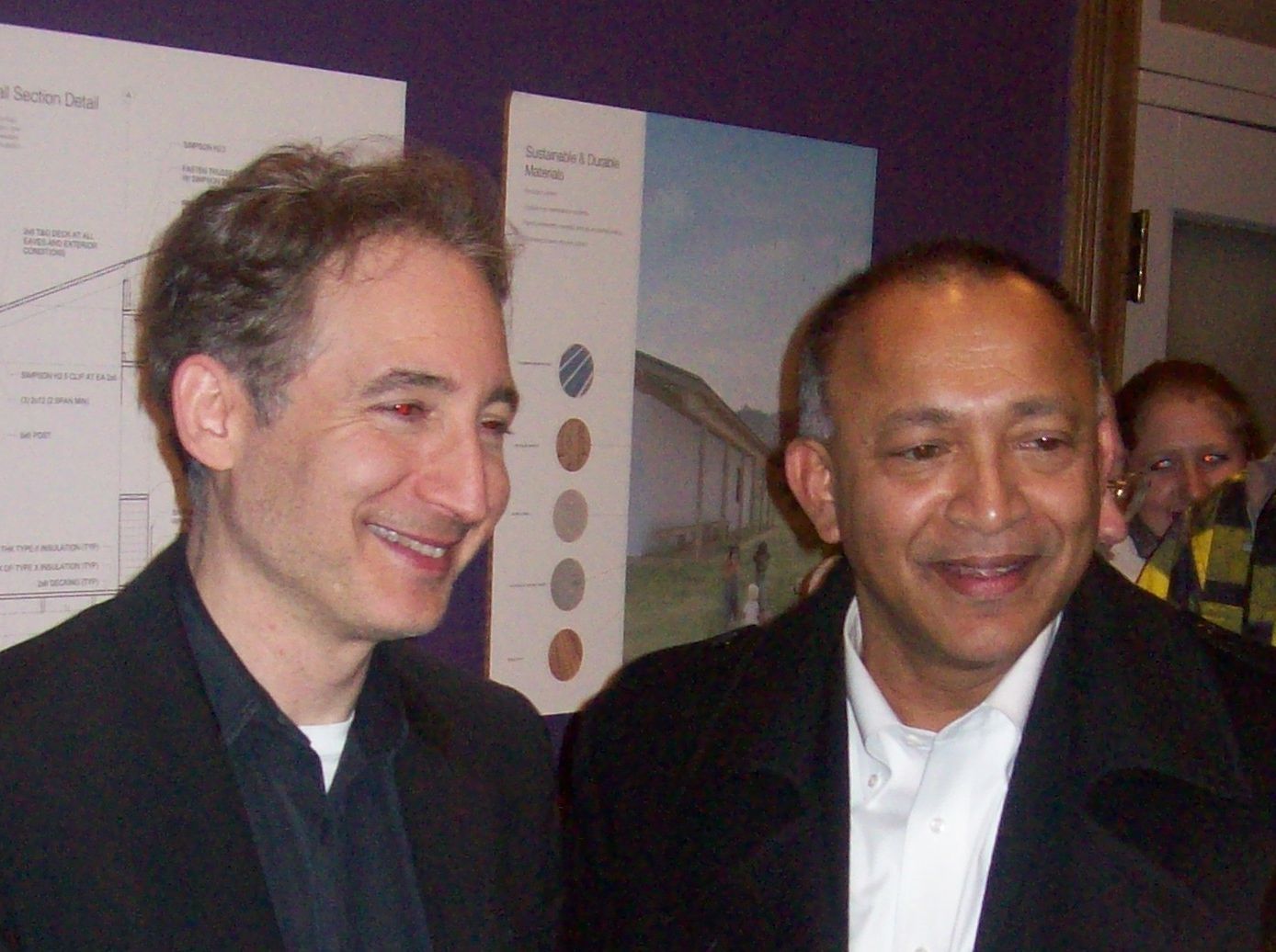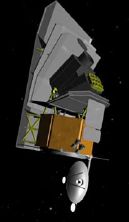Recently, I met Josh Hopkins of Lockheed’s Advanced Programs, AIAA Rocky Mountain Region’s First Annual Technical Symposium (RMATS), October 26, 2012. Josh was the keynote speaker at this RMATS. Here is his presentation. After his presentation we talked outside the conference hall. I told him about my book, and was surprised when he said that two groups had failed to reproduce Podkletnov’s work. I knew one group had but a second? As we parted we said we’d keep in touch. But you know how life is, it has the habit of getting in the way of exciting research, and we lost touch.
About two weeks ago, I remembered, that Josh had said that he would provide some information on the second group that had failed to reproduce Podkletnov’s work. I sent him an email, and was very pleased to hear back from him and that the group’s finding had been published under the title “Gravity Modification by High-Temperature Semiconductors”. The authors were C. Woods, S. Cooke, J. Helme & C. Caldwell. Their paper was published in the 37th AIAA/ASME/SAE/ASEE Joint Propulsion Conference and Exhibit, 8–11 July 2001, Salt Lake City, Utah. I bought a copy for the AIAA archives, and read it, reread it, and reread it.
Then I found a third team they published their lack of findings “Gravity Modification Experiments Using a Rotating Superconducting Disk and Radio Frequency Fields”. The authors were G. Hathaway, B. Cleveland and Y. Bao. Published in Physica C, 2003.
Both papers focused on attempting to build a correct superconducting disc. At least Wood et al said “the tests have not fulfilled the specified conditions for a gravity effect”. The single most difficult thing to do was to build a bilayered superconducting disc. Woods et al tried very hard to do so. Reading through Hathaway et all paper suggest that they too had similar difficulties. Photo shows a sample disc from Woods’ team. Observe the crack in the middle.
Continue reading “Gravity Modification – What Went Wrong?” »










